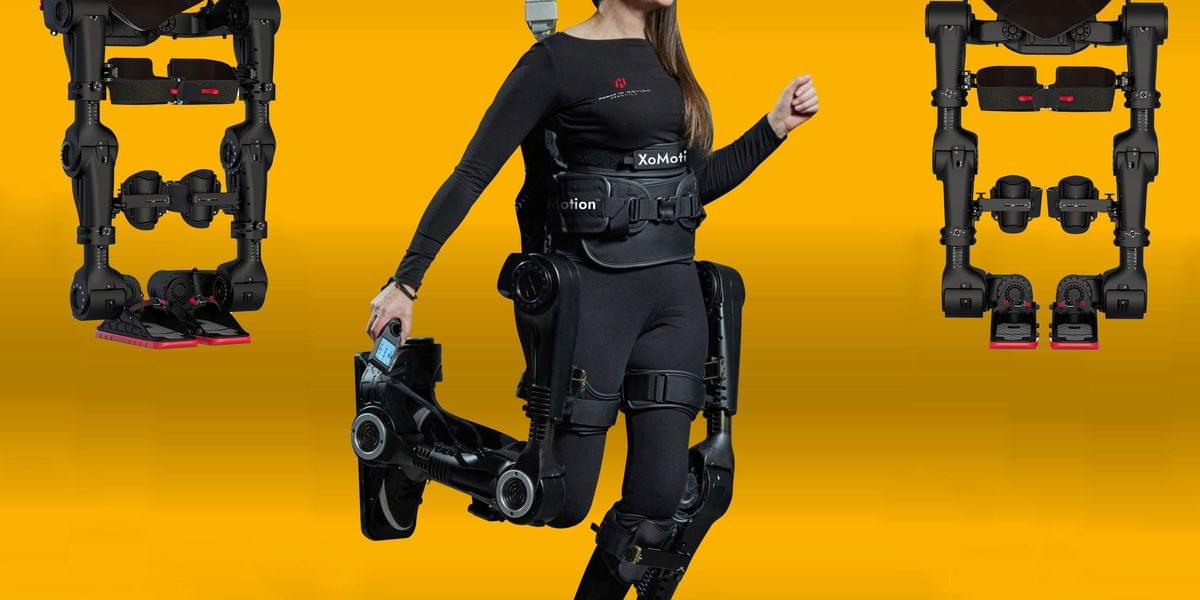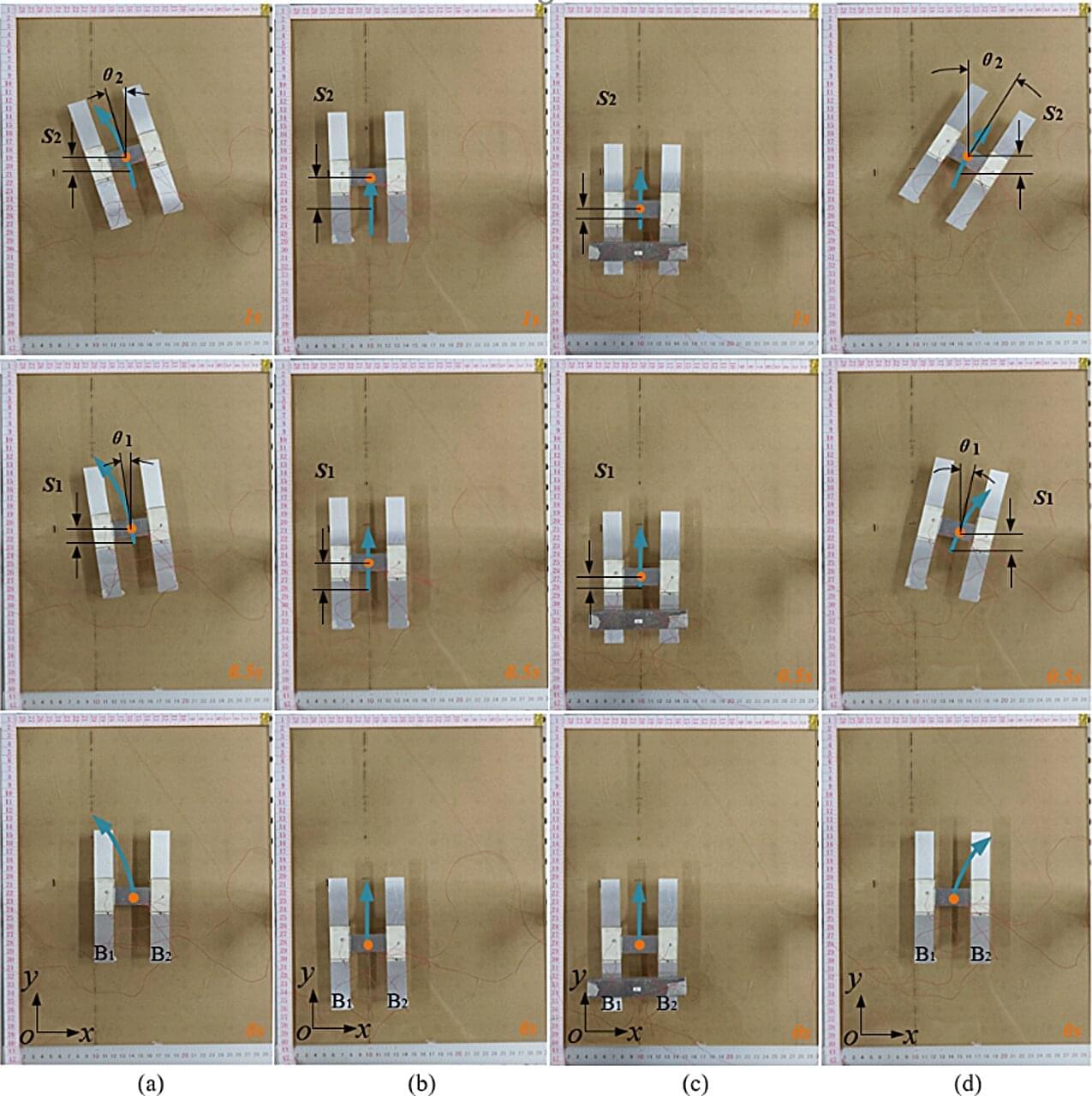Biomimetic hybrid robotic prosthetic hand with tactile sensing precisely detects textures and compliantly grasps objects.




We all encounter gels in daily life—from the soft, sticky substances you put in your hair to the jelly-like components in various foodstuffs. While human skin shares gel-like characteristics, it has unique qualities that are very hard to replicate. It combines high stiffness with flexibility, and it has remarkable self-healing capabilities, often healing completely within 24 hours of an injury.
Until now, artificial gels have either managed to replicate this high stiffness or natural skin’s self-healing properties, but not both. Now, a team of researchers from Aalto University and the University of Bayreuth are the first to develop a hydrogel with a unique structure that overcomes earlier limitations, opening the door to applications such as drug delivery, wound healing, soft robotics sensors and artificial skin.
In the study, the researchers added exceptionally large and ultra-thin specific clay nanosheets to hydrogels, which are typically soft and squishy. The result is a highly ordered structure with densely entangled polymers between nanosheets, not only improving the mechanical properties of the hydrogel but also allowing the material to self-heal.
It is estimated that about 80 million people worldwide live with a tremor. For example, those who live with Parkinson’s disease. The involuntary periodic movements sometimes strongly affect how patients are able to perform daily activities, such as drinking from a glass or writing.
Wearable soft robotic devices offer a potential solution to suppress such tremors. However, existing prototypes are not yet sophisticated enough to provide a real remedy.
Scientists at the Max Planck Institute for Intelligent Systems (MPI-IS), the University of Tübingen, and the University of Stuttgart under the Bionic Intelligence Tübingen Stuttgart (BITS) collaboration want to change this. The team equipped a biorobotic arm with two strands of artificial muscles strapped along the forearm.
Johns Hopkins University engineers have developed a pioneering prosthetic hand that can grip plush toys, water bottles, and other everyday objects like a human, carefully conforming and adjusting its grasp to avoid damaging or mishandling whatever it holds.
The system’s hybrid design is a first for robotic hands, which have typically been too rigid or too soft to replicate a human’s touch when handling objects of varying textures and materials. The innovation offers a promising solution for people with hand loss and could improve how robotic arms interact with their environment.
Details about the device appear in Science Advances.
Will Humans Have to Merge with AI to Survive?
What if the only way to survive the AI revolution is to stop being human?
Ray Kurzweil, one of the most influential futurists and the godfather of AI, predicts that humans will soon reach a turning point where merging with AI becomes essential for survival. But what does this truly mean? Will we evolve into superintelligent beings, or will we lose what makes us human?
In this video, we explore Kurzweil’s bold predictions, the concept of the Singularity, and the reality of AI-human integration. From Neuralink to the idea of becoming “human cyborgs,” we examine whether merging with AI is an inevitable step in human evolution—or a path toward losing our biological identity.
Are we truly ready for a world where there are no biological limitations?
Chapters:
Intro 00:00 — 01:11
Ray Kurzweil’s Predictions 01:11 — 02:23
Singularity Is Nearer 02:23 — 04:05
What Does “Merging with AI” Really Mean? 04:05 — 04:35
Neuralink 04:35 — 07:02
Why Would We Need to Merge with AI? 07:02 — 10:04
Human Life After Merging with AI 10:04 — 12:30
Idea of Becoming ‘Human Cyborg’ 12:30 — 14:33
No Biological Limitations 14:33 — 17:24
#RayKurzweil #AI #Singularity #HumanCyborg #FutureTech #ArtificialIntelligence
Using body parts from simple animals in robotics is not as controversial. But it’s still important to consider the impact on these living creatures. It may seem that bugs and jellyfish and mollusks aren’t capable of caring about how we use their bodies. But what if we’re wrong about that? Some researchers are finding that such creatures might have more awareness and feelings than expected.
Living robots also interact with the environment. What if a jellyfish outfitted with electronics got eaten? Xu is hoping to develop biodegradable electronics that wouldn’t harm other animals or pollute the ocean.
Biohybrid robots blur the line between machine and living thing. The jellyfish cyborgs are obviously still alive. But most biohybrids don’t really fit into one category or the other. Shin says of her heart-cell-covered bot: “it’s not a creature.” But it’s not a typical robot, either.

Many people who have spinal cord injuries also have dramatic tales of disaster: a diving accident, a car crash, a construction site catastrophe. But Chloë Angus has quite a different story. She was home one evening in 2015 when her right foot started tingling and gradually lost sensation. She managed to drive herself to the hospital, but over the course of the next few days she lost all sensation and control of both legs. The doctors found a benign tumor inside her spinal cord that couldn’t be removed, and told her she’d never walk again. But Angus, a jet-setting fashion designer, isn’t the type to take such news lying—or sitting—down.
Ten years later, at the CES tech trade show in January, Angus was showing off her dancing moves in a powered exoskeleton from the Canadian company Human in Motion Robotics. “Getting back to walking is pretty cool after spinal cord injury, but getting back to dancing is a game changer,” she told a crowd on the expo floor.

Chiral-structural-color materials produce color through microscopic structures that interact with light rather than through pigmentation or dyes. Some beetle exoskeletons, avian feathers, butterfly wings, and marine organisms feature these structures naturally, producing iridescent or polarization-dependent colors. Over the last 10–15 years, scientists have made progress in developing artificial chiral-structural-color materials.
Recently, Chinese researchers have made a breakthrough in the field by discovering that microdomes made from common polymers exhibit tunable chiral structural colors with broad-spectrum capabilities and multiple polarization-modulated chirality. This advancement could have significant implications for applications in displays, sensors, and data security.
Published in PNAS, the study was led by Prof. Li Mingzhu’s team from the Technical Institute of Physics and Chemistry of the Chinese Academy of Sciences.

In recent years, roboticists and computer scientists have developed a wide range of systems inspired by nature, particularly by humans and animals. By reproducing animal movements and behaviors, these robots could navigate real-world environments more effectively.
Researchers at Northeastern University in China recently developed a new H-shaped bionic robot that could replicate the movements that cheetahs make while running. This robot, introduced in a paper published in the Journal of Bionic Engineering, is based on piezoelectric materials, a class of materials that generate an electric charge when subjected to mechanical stress.
“The piezoelectric robot realizes linear motion, turning motion, and turning motion with different radii by the voltage differential driving method,” wrote Ying Li, Chaofeng Li and their colleagues in their paper. “A prototype with a weight of 38 g and dimensions of 150 × 80 × 31 mm3 was fabricated.”